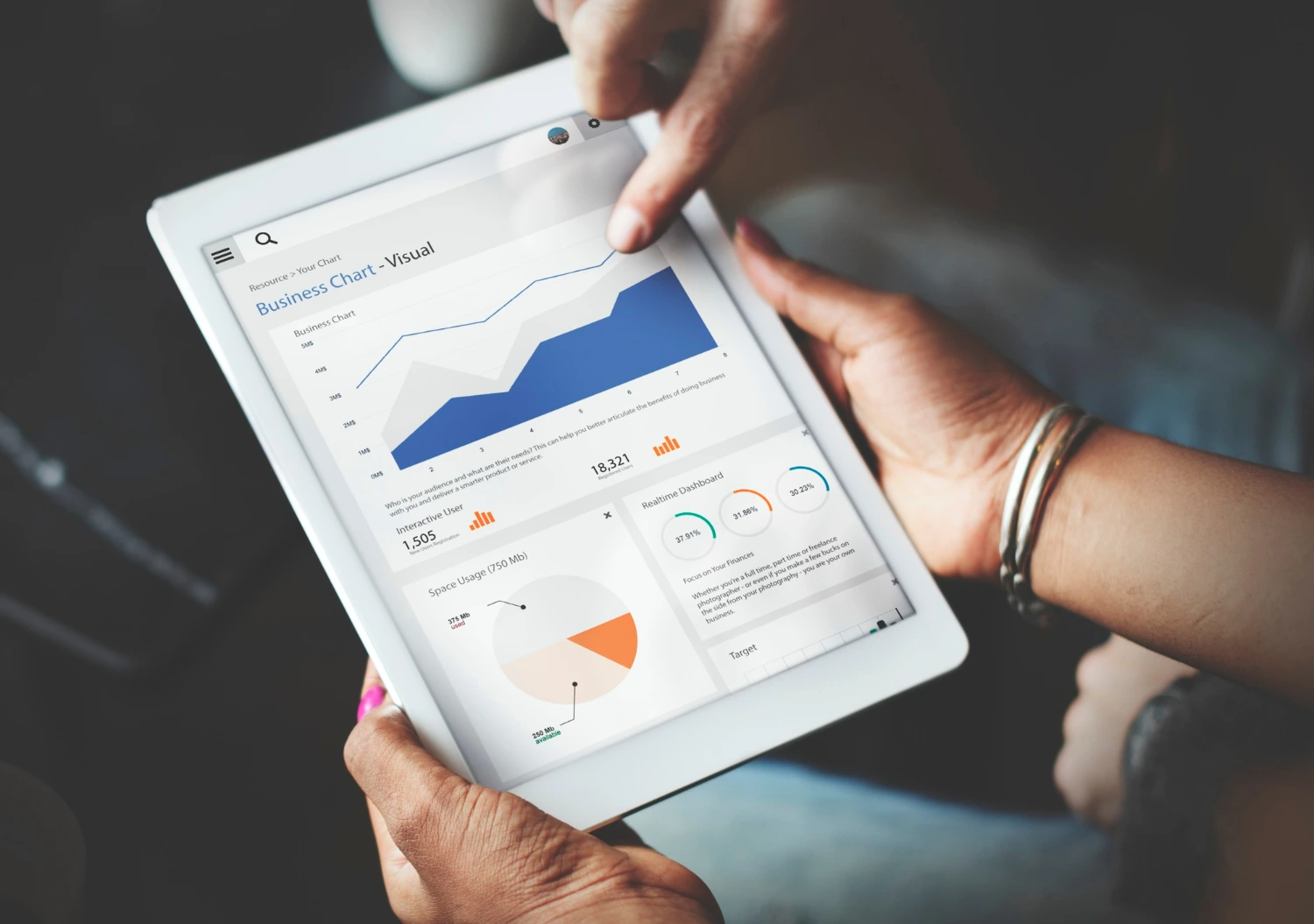Case Study: Transforming Data Insights with Power BI Dashboard Development
 Introduction
Introduction

In the busy world of business, data-driven decision-making has actually become a crucial element for achieving competitive advantages. With business generating considerable volumes of data daily, the ability to evaluate and picture this information can considerably influence performance outcomes. This case research study checks out the successful implementation and advancement of a Power BI control panel by XYZ Corporation, a mid-sized retail firm looking for to boost its data analytics capabilities.
Background Data Visualization Consultant
Founded in 2010, XYZ Corporation has actually proliferated, handling several retail outlets throughout the area. Despite its development, the business dealt with disparate data sources and troublesome reporting processes. The management group recognized the requirement for an extensive analytics option to combine data, enhance visibility into business operations, and enable more educated decision-making. After evaluating a number of business intelligence tools, they chose to execute Microsoft Power BI due to its user-friendly user interface, robust combination capabilities, and cost-effectiveness.
Objectives
The primary goals of establishing the Power BI dashboard were:

- Centralizing Data Sources: Integrate data from numerous sources, including sales records, client databases, and stock management systems.
- Enhancing Reporting: Shift from static reports to interactive dashboards that supply real-time insights into crucial efficiency signs (KPIs).
- Facilitating Data-Driven Decisions: Enable management and stakeholders to make informed choices based on precise, current data.
- Improving User Experience: Create user-friendly visualizations that accommodate users with differing levels of technical know-how.
MethodologyThe advancement of the Power BI control panel followed a structured approach, including numerous crucial stages:
- Requirements Gathering: The project group, consisting of business experts, data engineers, and crucial stakeholders, conducted workshops to identify particular reporting requirements and KPIs that were critical for business success. This included understanding different departmental needs-- from sales and marketing to fund and operations.
- Data Combination: Leveraging Power BI's data ports, the team integrated data from multiple sources, including Excel spreadsheets, SQL databases, and cloud-based applications. During this phase, the team also ensured data quality through cleansing and transformation, ensuring that users would depend on accurate data.
- Dashboard Design: User user interface design focused on developing a user-friendly and visually enticing dashboard. The group employed best practices in data visualization, such as utilizing clear labeling, appropriate chart types, and color coding to differentiate data segments. This style approach was continually fine-tuned based on user feedback throughout the development stage.
- Development and Testing: The dashboard was established using Power BI Desktop, incorporating various visualizations like bar charts, line graphs, and geographic maps to show sales efficiency, client demographics, and stock levels. Rigorous screening guaranteed the precision of all data representations, in addition to the responsiveness of the control panel.
- Deployment and Training: Once the dashboard was finalized, the team released it to the Power BI Service, making it available to users across the organization. Comprehensive training sessions were held to acquaint staff members with the new tool, teaching them how to take advantage of its functions, analyze data visualizations, and extract significant insights.
ResultsThe implementation of the Power BI dashboard yielded significant enhancements for XYZ Corporation:
- Improved Accessibility to Data: With centralized data in one dashboard, departments no longer run in silos, promoting partnership and improving information sharing throughout the organization.
- Enhanced Decision-Making: Management reported a marked enhancement in decision-making speed and accuracy owing to real-time data insights. For circumstances, marketing could evaluate customer acquiring trends and adjust campaign techniques on the fly.
- Increased Efficiency: The time invested on producing reports decreased dramatically. What previously took days of manual data processing could now be achieved in minutes, enabling staff members to focus on more strategic tasks.
- User Engagement: Employee engagement with data analytics increased significantly, as users were empowered to check out the dashboard individually, resulting in a data-driven culture throughout the organization.
ConclusionThe advancement of the Power BI dashboard at XYZ Corporation exhibits the transformative power of modern-day data analytics tools in facilitating informed business choices. By centralizing data, enhancing reporting procedures, and improving accessibility, the business not just enhanced its functional efficiency but likewise promoted a culture of data-driven decision-making. Other companies can obtain valuable insights from this case research study and think about implementing comparable solutions to harness the power of their data for continual development and competitive benefit. As businesses continue to progress in the data landscape, welcoming tools like Power BI will stay necessary for success.